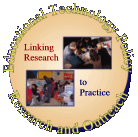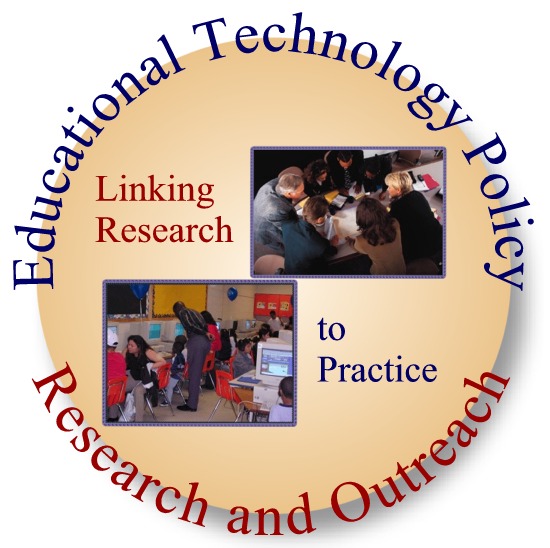The University of Maryland, College Park
College of Education
Student Technology Profile for
the MSDE Teacher Technology Standards (MTTS)
and ISTE/NETS*T Foundations for All Teachers
and INTASC Principles
Course Title: EDHD435 Assessment
& Design Strategies with Technology Tools Module
Completion of any course does not certify competency
in the identified area, however, it will contribute to development
of the competency. (See Correlation
of MTTS NETS*T and INTASC)
Do not just check yes or no. Please
list examples as well. (A filled out example
can be found here - this will open in a new window)
Developed by: Educational Technology Outreach,
College of Education at the University of Maryland, College Park
For information contact Davina Pruitt-Mentle – (301) 405-8202
– dpruitt@umd.edu
MTTS developed from Maryland’s Preparing
Tomorrow’s Teachers to Use Technology (PT3), USDOE Catalyst
Grant, May 2002.
Performance assessment materials to be available for each standard
on the PT3 website: www.smcm.edu/msde-pt3/.
Any use of these materials should credit Maryland’s PT3 Catalyst
Grant P342A990201.
For additional information, please contact Dr. Louise A. Tanney,
PT3 Director, 410-767-0416.
ISTE/NETS -Educational Technology Standards and Performance Indicators
for All Teachers
http://cnets.iste.org/teachers/t_stands.html
INTASC - http://www.ccsso.org/content/pdfs/corestrd.pdf
|





















